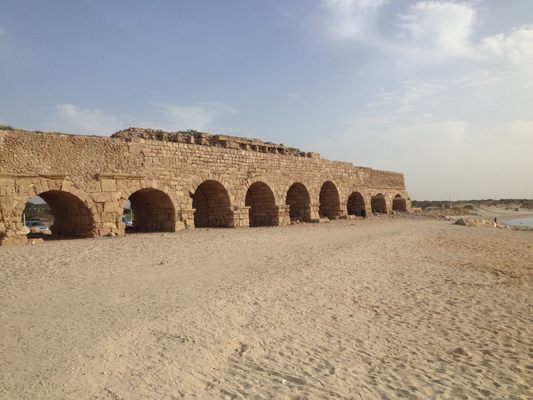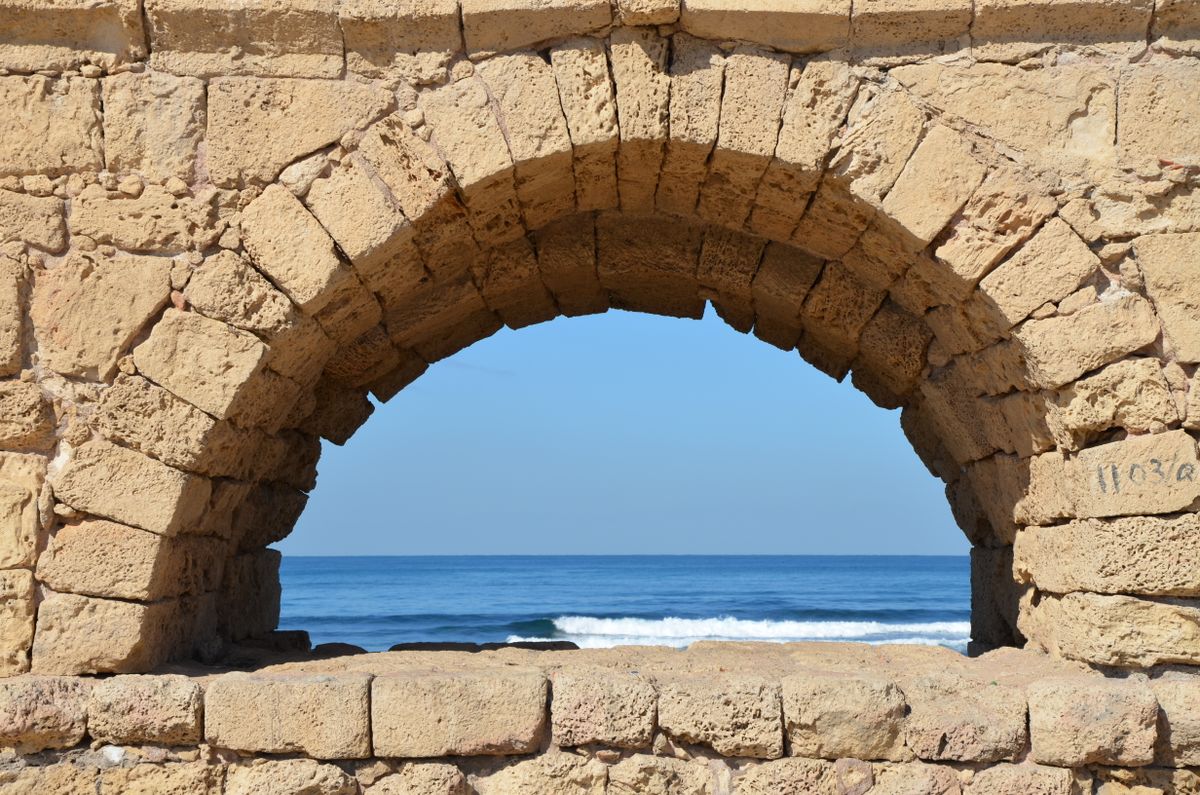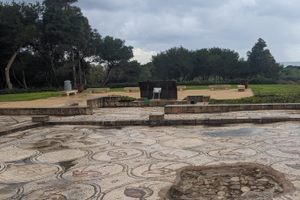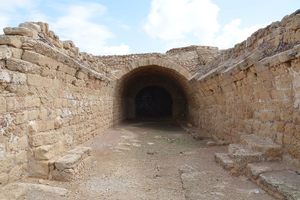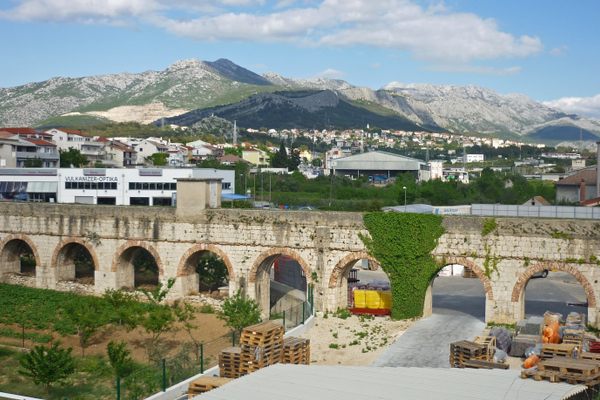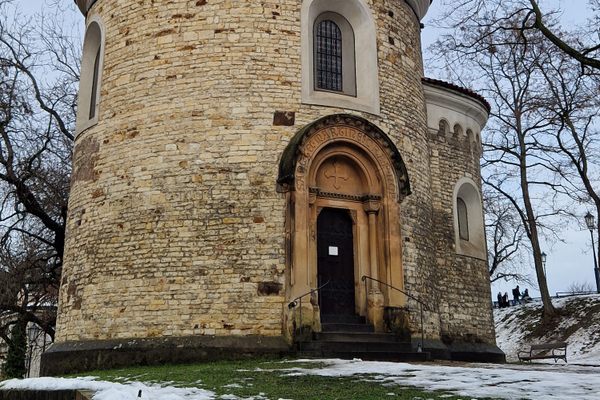About
Caesarea was one of the most important cities of the ancient Roman world and the capital of the province of Judaea. The ruins of Caesarea, sometimes referred to as Caesarea Maritima to distinguish it from Caesarea Philippi, lie on the Mediterranean coast of present-day Israel.
The city was founded between 22 and 10 BCE by Herod the Great. When construction began, Caesarea had no reliable source of fresh water, so King Herod commissioned a raised aqueduct to deliver water from springs about ten miles to the northeast.
In 130 CE, Roman Emperor Hadrian visited Caesarea on his tour of the eastern part of the empire and noted the city’s need for additional water. He commissioned extensive repairs to the aqueduct and constructed a new section to the west of Herod’s section. Known as the High-level Aqueduct II, Hadrian’s section doubled the capacity of Herod’s channel. These twin parallel aqueducts continued to supply water for about 1,200 years.
Caesarea thrived as an urban center and harbor throughout the late Roman and Byzantine eras. Today, the site of the Hadrianic Aqueduct is a large national park.
Related Tags
Know Before You Go
The best and easiest place to see the aquaduct is at Caesarea on the beach. The ruins continue to Beit Hanina, but those are generally less well preserved.
Published
March 25, 2021
